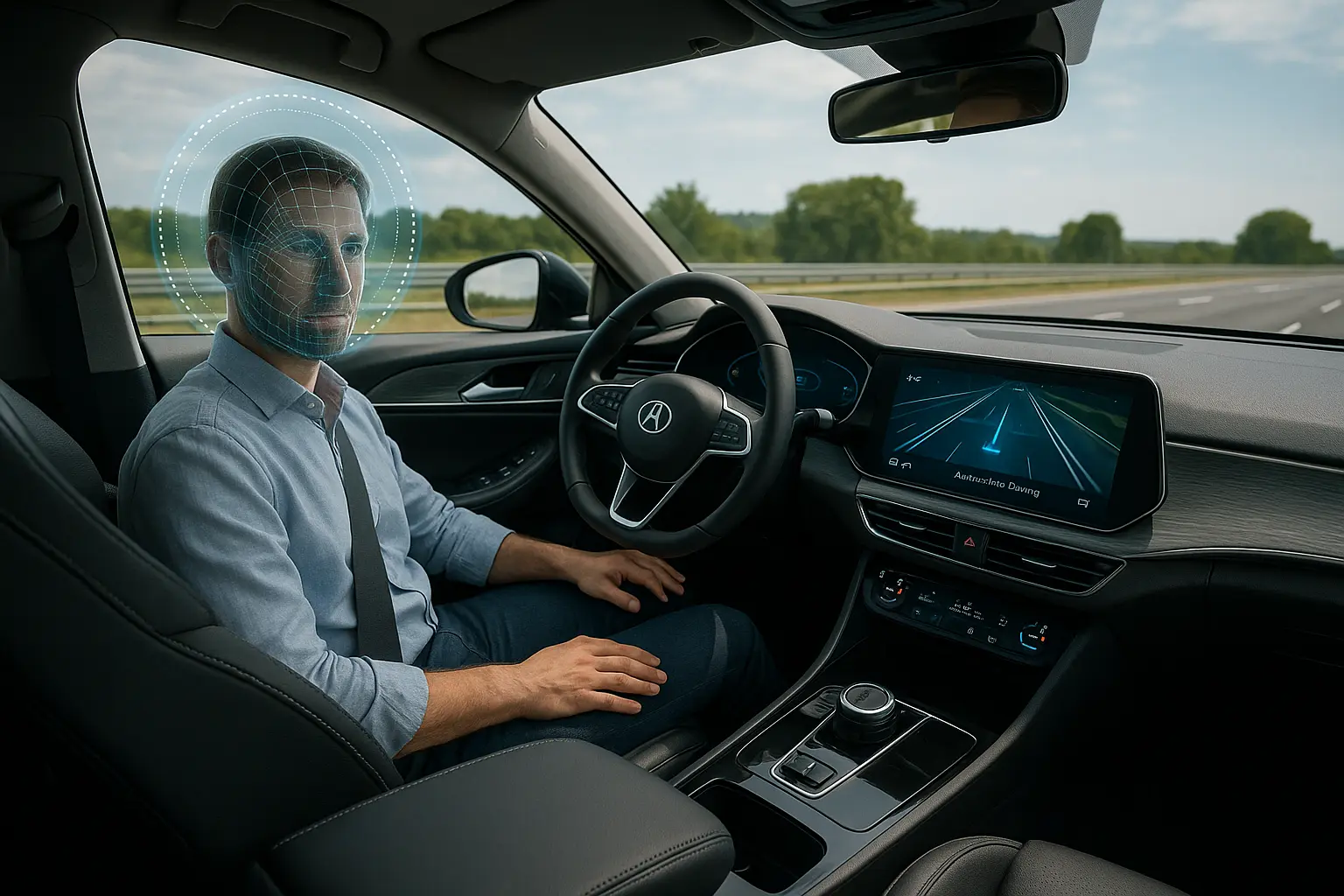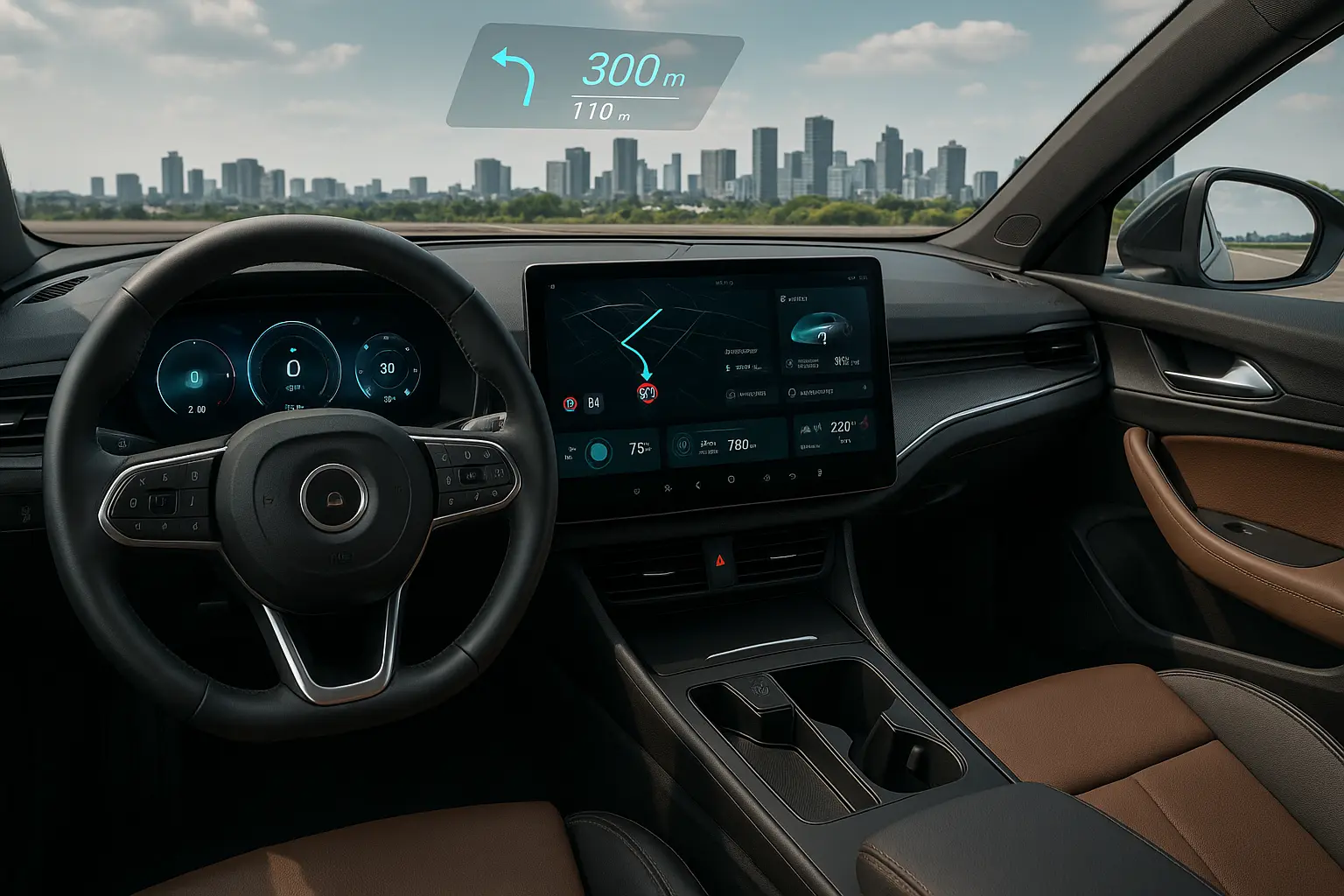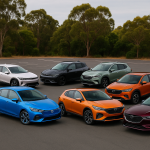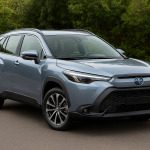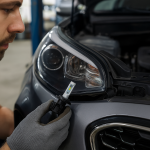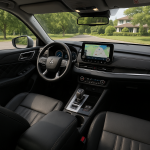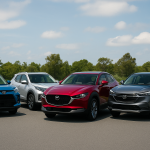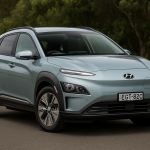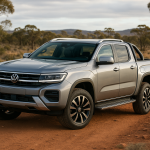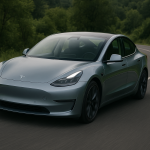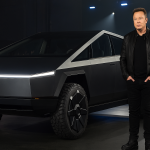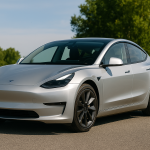The automotive industry has always been at the cutting edge of innovation, but 2025 is shaping up to be a landmark year for car technology. From artificial intelligence (AI) integrated into vehicles to next-level self-driving features and fully connected car ecosystems, the driving experience is evolving faster than most of us could have imagined even a decade ago.
This article explores the biggest car tech trends in 2025, with a focus on what’s happening in Australia. We’ll cover how AI is transforming vehicle intelligence, the state of autonomous driving, connectivity upgrades, in-car software experiences, and the ripple effects on safety, insurance, ownership, and lifestyle.
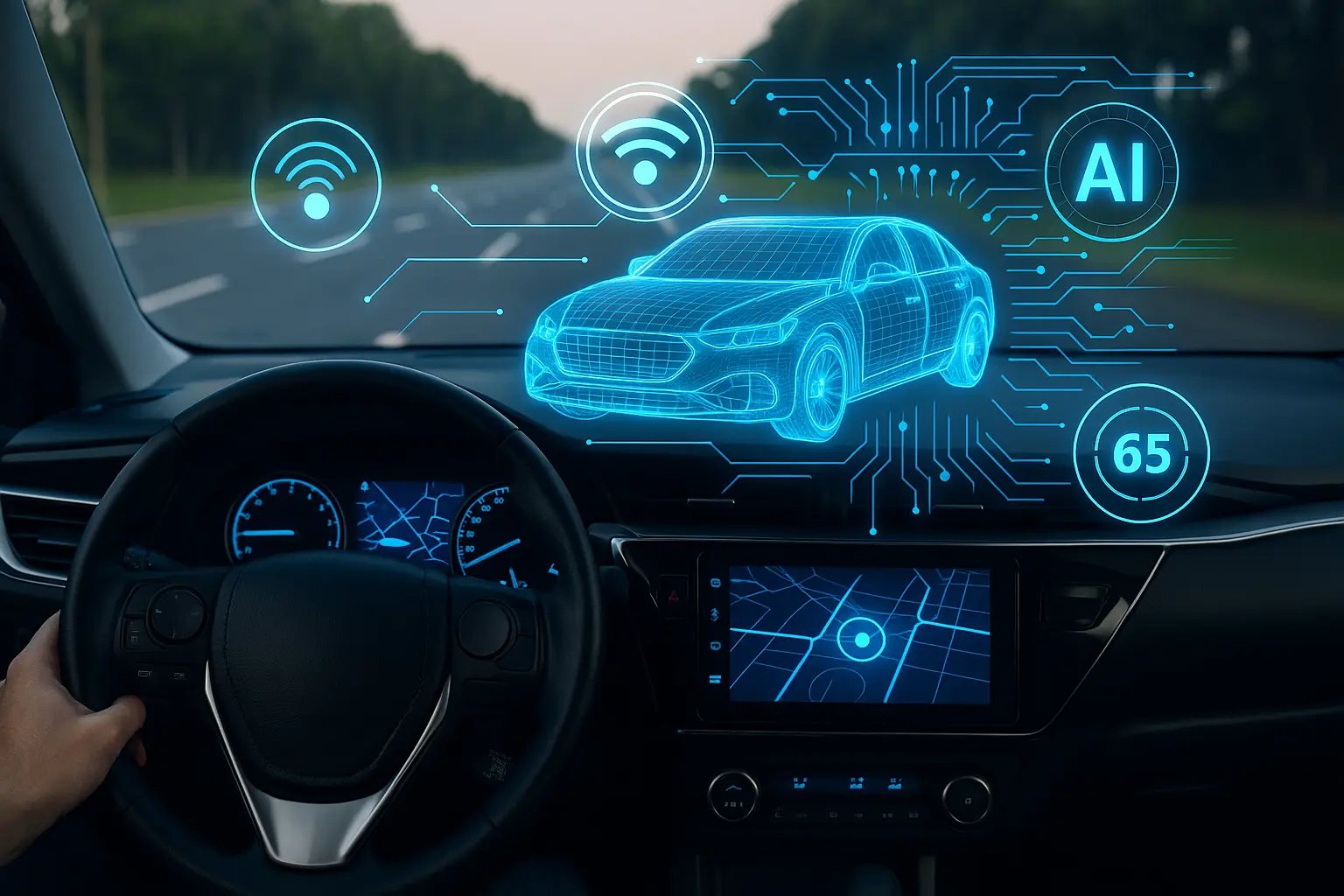
AI in Cars 2025: Smarter, Safer, More Personal
Artificial intelligence is no longer just a buzzword—it’s embedded into the very fabric of modern vehicles. In 2025, AI in cars is being deployed in several crucial areas:
Predictive Driving Assistance
AI systems now predict road conditions, weather impacts, and traffic hazards in real time. For example, by analyzing traffic flow data and driver patterns, AI can suggest safer or faster routes, anticipate potential collisions, and even warn drivers before they make risky maneuvers.
Personalised In-Car Experience
AI tailors everything from seat positioning and climate control to music playlists based on driver preferences. Facial recognition and voice profiles allow seamless switching between different users of the same car, making shared cars or family vehicles smarter than ever.
Proactive Vehicle Maintenance
Cars can now predict when parts need replacing before they fail. This AI-driven predictive maintenance reduces repair costs, prevents breakdowns, and improves long-term vehicle ownership.
AI in Safety Systems
Lane-keeping, emergency braking, adaptive cruise control, and pedestrian detection are no longer optional in premium cars—they’re becoming standard across Australian models in 2025, thanks to AI integration.
Self-Driving Features: The 2025 Reality
Fully autonomous cars aren’t yet roaming every street, but 2025 marks a major step closer. The focus has shifted from full autonomy (Level 5) to practical, real-world improvements in advanced driver-assistance systems (ADAS).
Level 3 Autonomy Becomes Mainstream
Several carmakers now offer Level 3 semi-autonomous systems in Australia, where the car can handle most driving tasks under certain conditions (like highways), while still requiring driver readiness to intervene.
Automated Parking and Low-Speed Navigation
Self-parking has become almost universal, and many 2025 cars can now navigate low-speed environments like shopping centres or residential areas with minimal human input.
Highway Pilot Systems
Vehicles equipped with “highway pilot” tech can drive autonomously in traffic jams, automatically changing lanes and managing speed based on road conditions. For Australian drivers, this reduces fatigue on long interstate drives.
Regulatory Shifts in Australia
Local regulators are working on updated road rules to accommodate self-driving systems. Insurance companies are also beginning to separate liability between driver error and system error, an important step toward mainstream adoption.
Connectivity in Cars: The Always-On Vehicle
Connected cars are central to 2025’s tech revolution. They’re no longer just about pairing your smartphone; they’re part of a bigger digital ecosystem.
5G-Enabled Vehicles
With nationwide 5G coverage in Australia, connected cars now stream high-definition data for navigation, real-time traffic updates, and even entertainment. Passengers can stream video, game online, or join video calls seamlessly on the move.
Over-the-Air (OTA) Updates
Much like smartphones, cars now receive regular OTA updates. This means your car in 2025 can gain new features—like improved range for EVs, enhanced safety software, or updated infotainment layouts—without visiting a dealership.
Car-to-Everything (C2X) Communication
Vehicles can now talk to traffic lights, road sensors, and even other cars. This is vital for preventing collisions at intersections, improving fuel efficiency in traffic, and supporting future smart city integration.
Enhanced Infotainment and App Integration
Cars in 2025 are digital hubs. Drivers can manage smart home devices, pay for tolls, or order coffee—all from the car’s interface. Voice assistants like Alexa and Google Assistant are fully integrated.
The Impact on Australian Drivers
Safer Roads
AI and self-driving features promise fewer accidents. With predictive AI and car-to-car communication, accident rates are projected to decline significantly by 2030.
Changing Insurance Models
Insurance companies in Australia are already adapting. Policies are shifting to cover software liability, system malfunctions, and even cybersecurity breaches. Drivers who embrace AI safety features are rewarded with lower premiums.
Ownership Costs and Maintenance
While technology-packed cars often cost more upfront, predictive AI and OTA updates reduce long-term maintenance costs. Instead of replacing cars every 5–7 years, Australians may hold onto vehicles longer since the software keeps evolving.
Lifestyle Transformation
Driving is becoming less about the mechanical act and more about the experience. Cars are now offices, entertainment spaces, and connected lifestyle hubs. For many Australians, commuting in 2025 feels less like a chore and more like productive downtime.
Challenges Ahead
While the future looks promising, there are hurdles:
- Cybersecurity Risks: Connected cars are vulnerable to hacking, making digital security as important as physical safety.
- Cost Barriers: High-tech features are still most accessible in mid-to-premium vehicles, though this gap is shrinking.
- Public Trust: Many Australian drivers remain cautious about giving up control to AI and autonomous systems.
- Regulatory Lag: Laws and road rules are catching up, but often slower than technology progresses.
Upcoming Tech to Watch Beyond 2025
- AI-Driven Traffic Management: Cars communicating directly with smart city systems for smoother traffic flow.
- Biometric Vehicle Access: Fingerprint and retina scans replacing traditional keys.
- Sustainable Connectivity: Energy-efficient networks ensuring connected cars align with eco-goals.
- Next-Level EV Tech: Integration of AI to manage charging schedules, battery health, and renewable energy grids.
Conclusion
2025 is a defining year for car technology in Australia. Artificial intelligence is making vehicles smarter, self-driving features are edging closer to autonomy, and connected cars are turning into always-on digital hubs. Together, these trends are transforming not just the way cars operate but the very culture of driving itself.
For Australian drivers, the road ahead is one of greater safety, efficiency, and convenience. The biggest challenge may not be the technology itself, but how quickly we, as drivers, adapt to it.
Leave a comment
Your email address will not be published. Required fields are marked *


